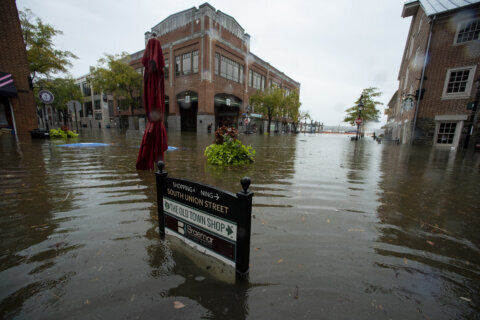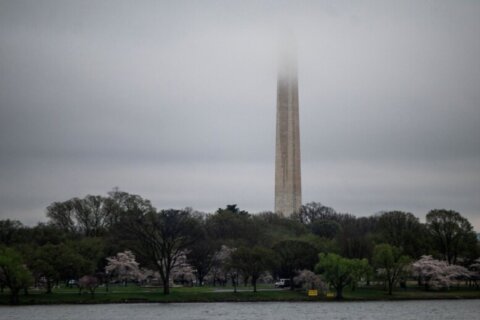WASHINGTON — The National Weather Service has proposed changes to the long list of advisories, watches and warnings for all modes of flooding to better communicate the threat of flooding to the public.
There are many types of flooding that occur over varying spans of time, driven by different forces of nature — which means there are just as many types of flood advisories, watches and warnings that the government uses to convey the threat of flooding to the public. But the message doesn’t always get through.
Years of assessments, social science research and feedback from emergency management officials revealed that many people misinterpret the many types of watches and warnings for flooding.
Currently, the weather service issues advisories, watches and warnings for aerial, river, lake, coastal and flash flooding. And under the current scheme, a coastal county such as Anne Arundel can be placed under more than five different watches and warnings at any one time.
Under the current proposal, the list of over a dozen message types would be reduced to just four: flood advisory, flood watch, flood warning and flash flood warning. The titles of the alerts would no longer distinguish between the various modes of flooding, with the exception of flash flooding — the most urgent.
The weather service also aims to modify the order of information for all of the consolidated flood messages to explain what, where, when and impacts.
“We are now conducting our survey process on flood messaging simplification and the responses have been very positive so far. Current plans are for changes to be implemented in mid-2020, based on analysis of all responses,” said Eli Jacks of the National Weather Service.
The effort is a part of the weather service’s Hazard Simplification Project. A similar consolidation of winter weather watches and warnings became effective last fall. That change resulted in the issuance of winter weather advisories in place of freezing rain advisories and winter storm watches instead of blizzard watches, among other changes.








